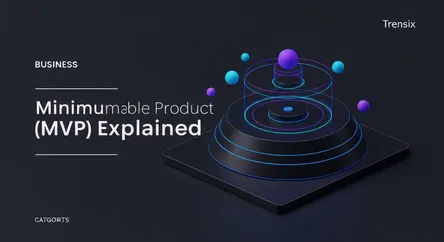Business
Minimum Viable Product (MVP) Explained

Learn what a Minimum Viable Product (MVP) is and why startups use it to test ideas, gather feedback, and find product-market fit with minimal resources.
What is it?
A Minimum Viable Product (MVP) is a version of a product with just enough features to be usable by early customers who can then provide feedback for future development. Popularized by Eric Ries in "The Lean Startup," the goal of an MVP is to test a core business hypothesis and gather the maximum amount of validated learning about customers with the least amount of effort. It's not about creating a minimal product; it's about a strategy to reduce wasted engineering hours and get a product into the hands of real users as quickly as possible.
Why is it trending?
The MVP approach is a cornerstone of the lean startup methodology, which is trending because it helps mitigate the high risks of launching a new venture. In today's fast-paced market, companies can't afford to spend months or years on a product only to find it doesn't meet market needs. The MVP allows businesses to validate their ideas with real-world data before committing significant resources. This agile process of building, measuring, and learning accelerates the feedback loop, enabling startups to pivot or persevere based on concrete user behavior, not just assumptions.
How does it affect people?
For entrepreneurs and product teams, the MVP framework lowers the barrier to entry and reduces the financial risk of innovation. It provides a scientific method for navigating the uncertainty of creating something new. For consumers and early adopters, it offers the chance to influence products from an early stage, ensuring the final version better suits their needs. This collaborative process leads to more user-centric products and a faster pace of innovation, as companies can iterate and improve their offerings based on direct, actionable feedback from the people who actually use them.